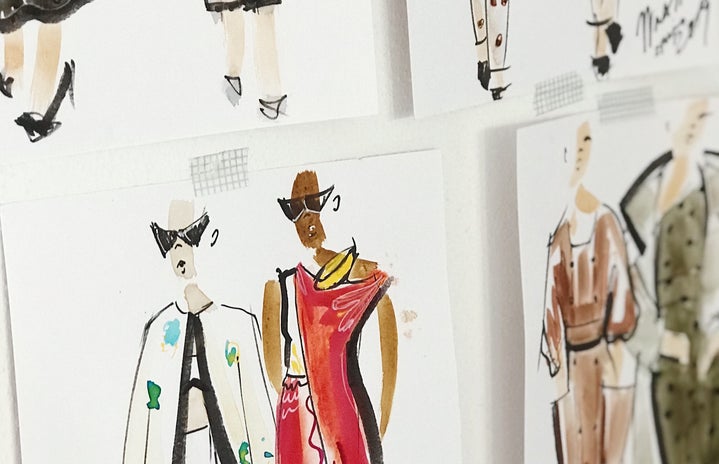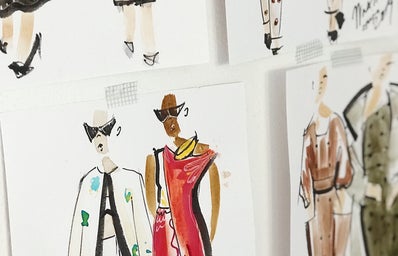A recession is defined as a prolonged downturn in economic activity that is both significant and widespread. One of our century’s most infamous and recent recessions was the Great Recession of 2008. The crisis began in the middle of 2007 and developed into a global financial crisis in September 2008. Considered one of the most severe recessions in the United States since the Great Depression, the effects of the Great Recession were large. Homes were foreclosed at a record rate, job unemployment became commonplace, and the stock market crashed. Generally speaking, the U.S. was not performing well financially. As a result, consumer spending reached the most detrimental decline since World War Two.
Although the Great Recession ended in June 2009, the recovery from this large economic downturn was not quick and this was thus reflected in the behaviors of those affected. Consumers swapping mid-tier brands for bargain ones when doing groceries was a new but trivial habit.
Despite the fact that the Great Recession was grim for consumers alike, retailers could not withhold selling their merchandise. So as the average customer swaps out branded grocery items for generic ones, fashion retailers take note of this through muted clothing. At this point, the glitzy, gaudy, and eccentric details of the late 2000s were no more. It was not considered to be appropriate since the recession had occurred so recently.
When referencing the fashion trends of Fall 2009 following the Great Recession, Yves Saint Laurent’s former Creative Director, Stefano Pilati, stated “I think timelessness is a good message for now, no?”
The push towards simplicity was compelling. Trending fashion had reverted to minimalism and details reminiscent of the streamlined austere 90s “look”. Even if the prices of clothing did not differ much, the importance was the image that a piece invoked. Lowkey and subtle was the end goal as it displayed the economic habits of many after the recession. In 2008, the financially well-off did not experience the damages of the Great Recession as the working class had and still participated in luxuries, however, their luxury was now quiet.
The fashion verse emulated how people lived afterward during the recession, yet this wasn’t the first time that this had occurred. Although the Great Recession was the most known economic downturn in the 21st century, the worst recession of all time was the Great Depression. It lasted from 1929 through 1939, starting after the stock market crash of October 1929. The Great Depression was so devastating that over 15 million Americans had been unemployed throughout its tenure so economic habits subsequently changed.
The Hemline Index was formally introduced by Wharton Business School professor George Taylor in 1926. He theorized that skirt length changes reflected the current economic state. If hemlines were shorter, women could afford hosiery along with it. If hemlines were longer, hosiery was not needed which suggested that it was not a good time to buy hosiery. However, the Hemline Index has been debunked by some as an ineffective method to predict shifts in the economy. Women did not necessarily change their skirt lengths because stock prices had changed. It was rather that hemlines would change depending on psychological factors. Hemline lengths were dependent on the feelings of the women who wore them. During this time, fashion was an indicator of one’s emotional state, not stock prices.
As the 2020s have continued past the peak of COVID-19 and global quarantining, there have been discussions of a possible recession coming into 2023 as fashion trends have shifted towards simplicity once again. There has been a 90s revival and an emphasis on being thrifty. De-influencing is another relevant concept trending on TikTok that encourages consumers to buy less and save more — especially for nonessential items. “No Makeup” makeup looks, an emphasis on elevated basics, and most recently the return of the maxi jean skirt.
Yes, hemlines do not predict stock prices, but all of these trends indicate the consumer’s shifting emotional state. What are they feeling that makes them turn to subdued color palettes and a “quiet” luxurious look instead of “louder” logomania?
Just as they had in 2008 by swapping the loud orange Hermès shopping bags for a demure, brown unbranded ones, those who are well off are also participating in this trend of muted fashion. During the 80th Golden Globes Awards it was noted that several celebrities did not have necklaces to accompany their dresses.
This led to questioning the “rich” cosplaying as “poor” in order to stay appropriate to an incoming economic mood. It was done in fashion in 2008 and even in the 1920s, but no one is exactly certain. Recession core is the title ordained towards these trends, but solid information on whether a recession is near is still vague. Only time can tell as of now; what is known is that fashion can be an indicator of the opinions of the masses but not necessarily a connection to stocks.
Want to see more HCFSU? Be sure to like us on Facebook and follow us on Instagram, Twitter, TikTok, YouTube and Pinterest!

